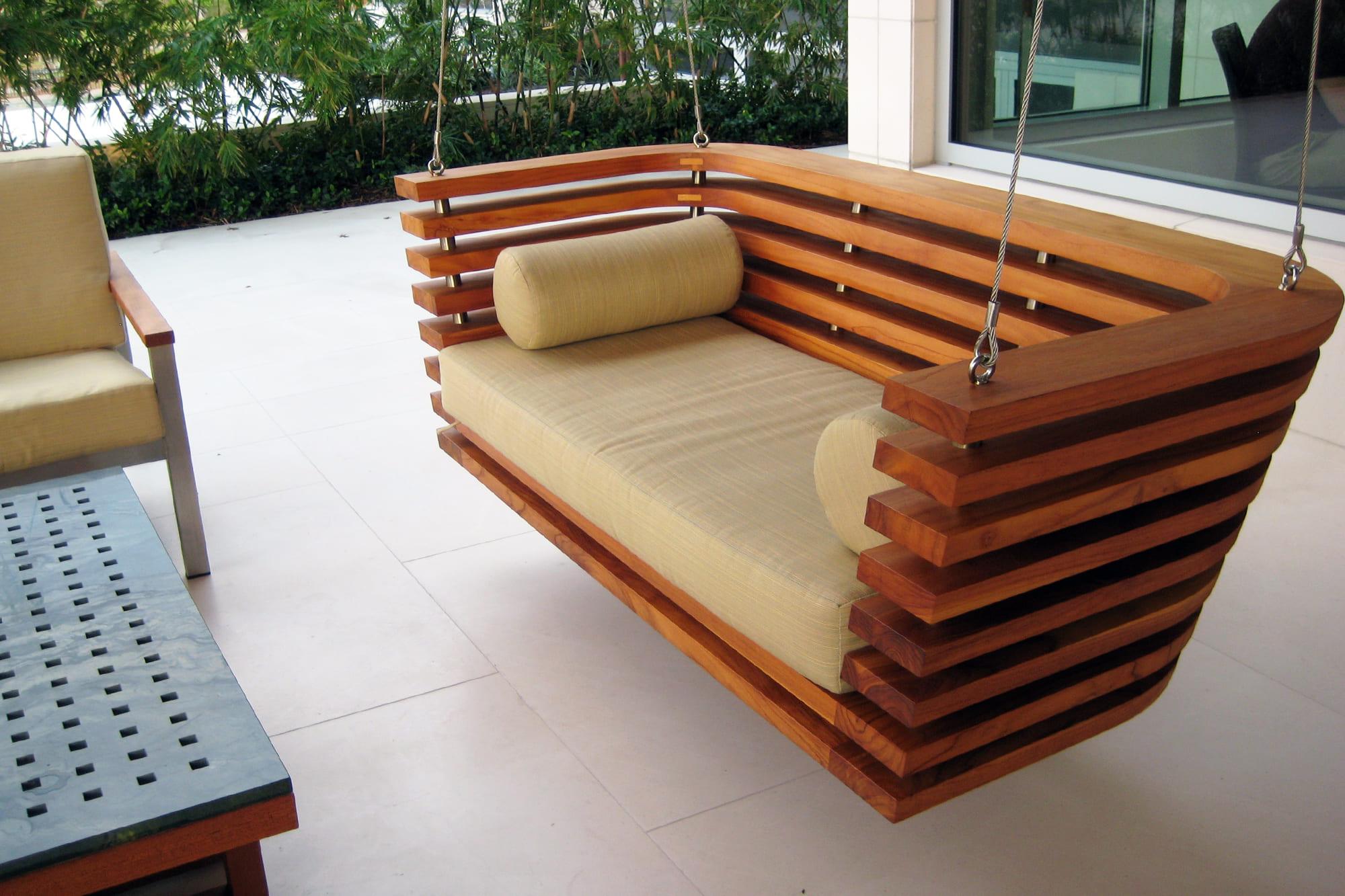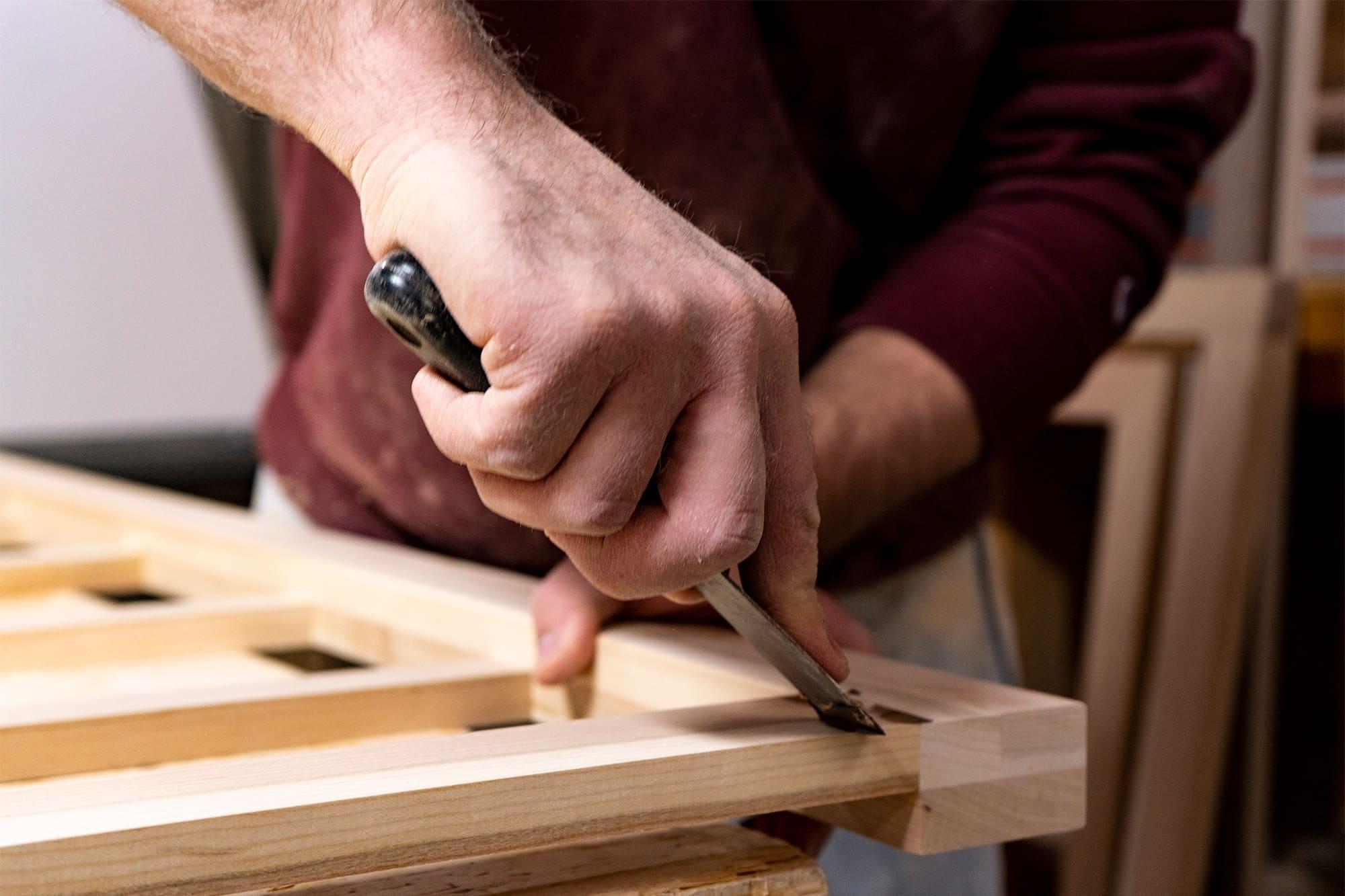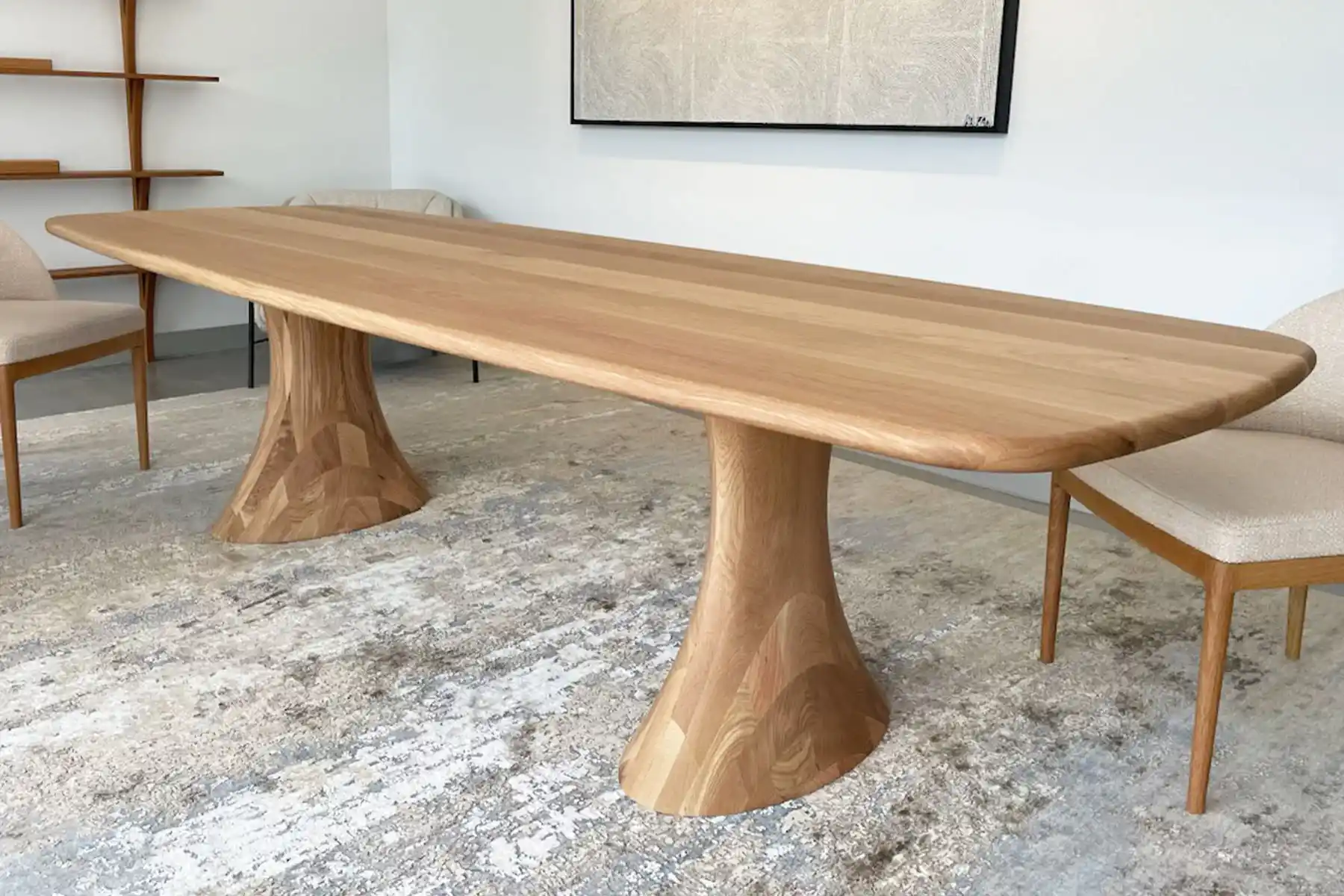
Designing for Wellness: Creating a Harmonious Home Environment
Designing for Inner Harmony: Crafting Your Sanctuary ✨
Historically, our homes have served as fundamental shelters, offering protection from the elements. Yet, the understanding of a dwelling's profound impact extends far beyond mere functionality. Ancient civilizations intuitively recognized the importance of harmony within living spaces, linking specific layouts and natural elements to peace and prosperity. This early wisdom laid foundational groundwork for what we now understand as wellness-centered design.
Modern research has significantly deepened this appreciation, moving beyond aesthetics to explore the intricate psychological and physiological responses elicited by our surroundings. Studies in environmental psychology, for instance, have consistently demonstrated how factors like lighting, color palettes, and spatial arrangements can directly influence mood, stress levels, and even cognitive function. Our environments are not neutral backdrops; they are active participants in our daily experience.
The concept of "wellness design" has thus emerged as a critical field, synthesizing insights from various disciplines. It seeks to create environments that actively support the inhabitants' holistic well-being, rather than passively housing them. This shift acknowledges the home as a dynamic ecosystem, integral to our daily emotional and physical health, influencing everything from sleep quality to social interaction.
Early pioneers in this area observed that access to natural light and views of nature could reduce recovery times in hospitals and improve productivity in workplaces. These initial findings underscored the powerful, often subconscious, connection between humans and their immediate built environment, paving the way for more intentional design practices focused on human flourishing and long-term health benefits.
Key Insights from Environmental Psychology 🌿
-
Research consistently highlights the profound positive effects of biophilic design elements. Incorporating natural light, indoor plants, and organic textures significantly reduces stress and enhances mental clarity, fostering a deeper connection to the natural world within our living spaces.
-
Ergonomic principles are vital for physical comfort and long-term health. Thoughtful furniture selection and layout prevent strain, support good posture, and create spaces that are intuitive and easy to navigate for all users, contributing to a sense of effortless living.
-
The sensory environment plays a crucial role in shaping mood. Optimal acoustics, balanced lighting, and pleasing tactile materials contribute to a calming atmosphere, minimizing sensory overload and promoting relaxation, thereby enhancing our overall sensory experience at home.
Navigating the Nuances of Wellness Design 💡
Applying biophilic principles isn't just about adding a few potted plants. It involves integrating natural patterns, shapes, and materials throughout the home. Consider how a strategically placed window can frame a natural view, or how wood grain and stone textures can evoke a sense of grounding and tranquility, subtly enhancing daily life and fostering a serene atmosphere.
A significant challenge lies in balancing universal design principles, which aim for broad accessibility and comfort, with the need for personalization. What one person finds calming, another might find stimulating. Designers, like those at InspireForceStudio, must engage deeply with inhabitants to understand their unique needs and preferences, tailoring a truly harmonious space.
Technology offers powerful tools for enhancing home wellness. Smart lighting systems can mimic natural circadian rhythms, improving sleep patterns. Air quality monitors and automated ventilation ensure a healthy indoor atmosphere. However, it's crucial to integrate these seamlessly, avoiding intrusive elements that detract from a serene and natural environment.
The discussion often arises between proponents of minimalist aesthetics and those favoring a "hygge" approach, emphasizing cozy abundance. Both can contribute to wellness. Minimalism can foster clarity and reduce visual clutter, while hygge promotes warmth and comfort through curated objects. The key is intentionality, ensuring every item serves a purpose or brings joy.
Sustainability is inherently linked to wellness design. Utilizing non-toxic materials, optimizing energy efficiency, and reducing waste not only benefits the planet but also creates a healthier indoor environment free from harmful chemicals. This holistic view ensures that our homes are good for us and for the world around us, promoting a sense of responsibility and well-being.
Ultimately, investing in wellness-focused design goes beyond immediate comfort. It's about creating a foundation for sustained health and happiness. A well-designed home can reduce daily stressors, improve sleep quality, and foster stronger family connections, offering long-term benefits that resonate deeply with the inhabitants' overall quality of life.
Key Takeaways for Your Home Sanctuary 🏡
-
Embrace a holistic approach: Designing for wellness requires considering every element—from light and sound to materials and layout—as interconnected components contributing to a unified, supportive environment. InspireForceStudio champions this integrated perspective for truly harmonious living.
-
Prioritize personalization: While general principles apply, the most effective wellness designs are deeply personal. Understanding individual needs and preferences is paramount to crafting spaces that truly resonate and promote a profound sense of belonging and comfort.
-
View design as an investment: A home designed with wellness in mind is an investment in long-term health, productivity, and emotional stability. These spaces become sanctuaries that actively enhance daily living and contribute significantly to overall quality of life.


Comments
Phimchaya Bannachat
This article really resonated with me! I've been trying to make my living space more calming, and the points about biophilic design and intentionality are so helpful. It's great to see a focus on holistic well-being.
Kittinan Tharanan
We're so glad to hear that! Creating spaces that truly support your well-being is at the heart of our philosophy. We hope these insights inspire you to craft your perfect sanctuary!
Chanchaiyaphat Sukwong
Interesting read. I hadn't thought much about how deeply my home environment affects my mood. The part about balancing universal design with personalization is a good point, though it sounds like a complex task.
Apinya Nuanjaroen
You're right, it can be complex, but incredibly rewarding! Understanding individual needs is crucial. It's about finding that sweet spot where functionality meets personal comfort and aesthetic.